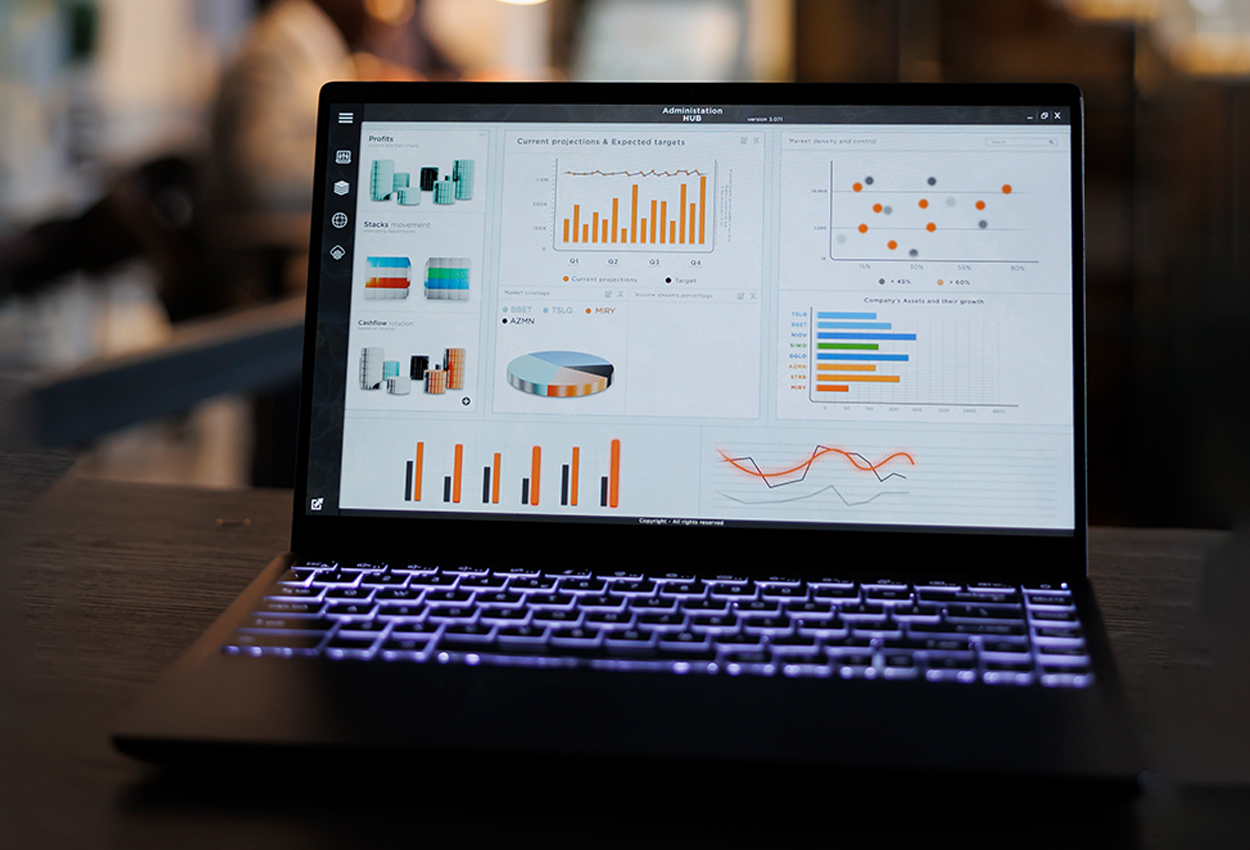

As we move further into 2025, the demand for fast and efficient websites has reached an all-time high. Users anticipate immediate access to information, and search engines favor websites that provide fast performance and seamless experiences. For businesses and developers alike, website performance optimization is no longer just a technical concern—it's a critical factor that contributes to the success of an online venture.
In this blog post, we'll explore the latest strategies and tools to help you achieve top-notch site speed and efficiency, ensuring your website stays ahead in a fast-paced digital landscape.
Optimizing website speed in 2025 involves a combination of traditional best practices and modern techniques that cater to the latest technological advancements. Here are some essential steps:
1. Optimize Images: Images often account for the bulk of a webpage's load time. Compressing images using tools like TinyPNG or ImageOptim can significantly shrink file sizes while maintaining quality. Additionally, implementing next-gen image formats like WebP or AVIF can further enhance site speed.
2. Leverage Browser Caching: It enables the storage of frequently accessed files directly on the user's device, minimizing the need to re-download them each time the page is loaded. This can drastically improve load times for returning visitors.
3. Minify CSS, JavaScript, and HTML: Removing unnecessary characters, spaces, and comments from your code can reduce the overall file size. Tools like UglifyJS, CSSNano, and HTMLMinifier can automate this process, resulting in a leaner and faster website.
4. Implement Content Delivery Networks (CDNs): CDNs distribute your website's content across numerous servers globally, allowing users to access your site from the nearest server to their location. This reduces latency and improves load times globally.
5. Optimize Server Response Time: Your server's response time should be less than 200ms. You can achieve this by optimizing your database, utilizing quicker hosting options, and minimizing server requests.
1. Google Page Speed Insights: This free tool from Google offers an in-depth analysis of your website's performance across both mobile and desktop. It also offers suggestions on how to improve your site speed.
2. GTmetrix: GTmetrix provides detailed reports on your site's load time, total page size, and the number of requests. It also gives actionable recommendations based on real-world performance data.
3. Lighthouse: Integrated into Google Chrome's DevTools, Lighthouse is an open-source tool that audits your website's performance, accessibility, and SEO. It provides a performance score and actionable insights to optimize your site.
4. WebPageTest: WebPageTest allows you to conduct a free website speed test from various locations across the globe. It provides a detailed analysis of the loading time for each element on your page.
1. First Contentful Paint (FCP): FCP tracks the duration until the first piece of content is displayed on the screen. This metric is crucial because it gives users immediate feedback that the page is loading.
2. Largest Contentful Paint (LCP): LCP marks the point when the largest content element on the page is visible. Google recommends an LCP of 2.5 seconds or faster for an optimal user experience.
3. Cumulative Layout Shift (CLS): CLS measures the visual stability of your website by tracking how often elements shift during loading. A low CLS score ensures a smooth and visually stable experience for users.
4. Time to Interactive (TTI): TTI measures the duration required for a page to become completely interactive. A low TTI ensures users can quickly interact with your content to lower bounce rates and enhance user satisfaction.
In 2025, website accessibility is not just a legal requirement; it is also a key factor in performance optimization. Ensuring that your website is accessible to every individual, including users with disabilities, can improve your site's overall efficiency and user experience. Here's how:
1. Use Semantic HTML: Properly structured HTML not only improves accessibility for screen readers but also enhances SEO and load times.
2. Optimize Keyboard Navigation: Make sure that the interactive elements available on your website are accessible using the keyboard. This is necessary for users who are unable to use a mouse.
3. Implement ARIA (Accessible Rich Internet Applications) Landmarks: ARIA landmarks assist in delineating sections of a page, making navigation easier for users who rely on assistive technologies.
4. Test with Screen Readers: Regularly test your website with screen readers like NVDA or VoiceOver to ensure that your content is fully accessible.
Progressive Web Apps (PWAs) offer a hybrid experience with web and mobile applications, offering users a fast, reliable, and engaging experience. In 2025, integrating PWA principles into your website performance optimization strategy can yield significant benefits:
1. Offline Functionality: PWAs allow users to access your content even without an internet connection. By leveraging service workers, you can cache important assets and content, ensuring uninterrupted access.
2. Push Notifications: PWAs can send push notifications, keeping users engaged and informed. This feature has the potential to revolutionize eCommerce sites and content-driven platforms.
3. App-Like Experience: PWAs offer a seamless, app-like experience with features like home screen installation and full-screen mode, improving user engagement and satisfaction.
4. Improved Load Times: PWAs are designed to load instantly, providing a fast-loading website experience that meets the high expectations of modern users.
In the digital age, speed is synonymous with success. A website that loads quickly not only boosts user experience but also enhances overall SEO rankings, reduces bounce rates, and increases conversions. As you implement the strategies and tools discussed in this post, remember that website performance optimization is an ongoing process. Continuously monitor your site's speed and efficiency, and keep up with the latest trends and technologies in web development.
By prioritizing site speed in 2025 and beyond, you can guarantee that your website stays competitive in a fast-paced digital world. The techniques for optimizing web efficiency, such as adopting PWAs and enhancing accessibility, are not just optional but necessary steps to provide an exceptional user experience. After all, when it comes to the web, the faster, the better.






Timeless digital innovations aimed to make your brand stand out in a crowded category.
Get Started


